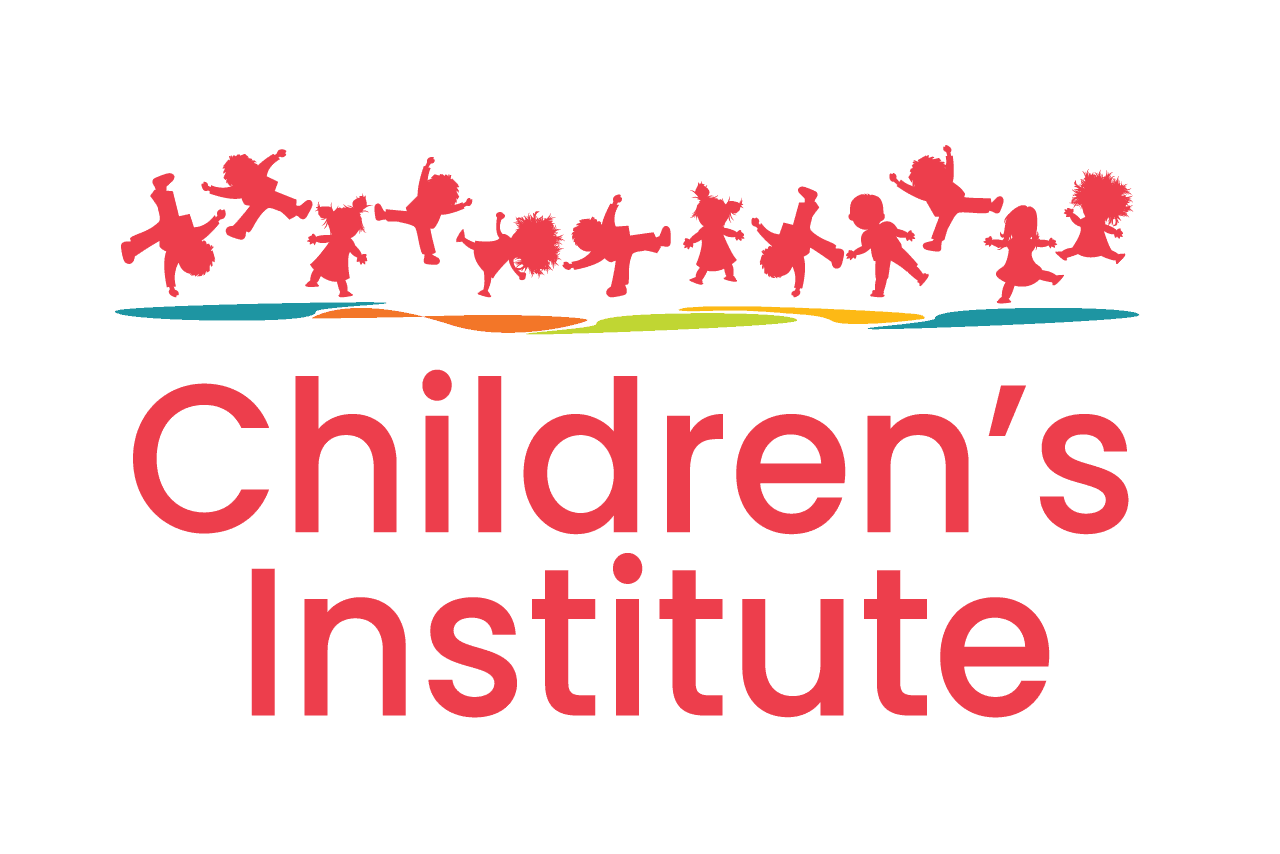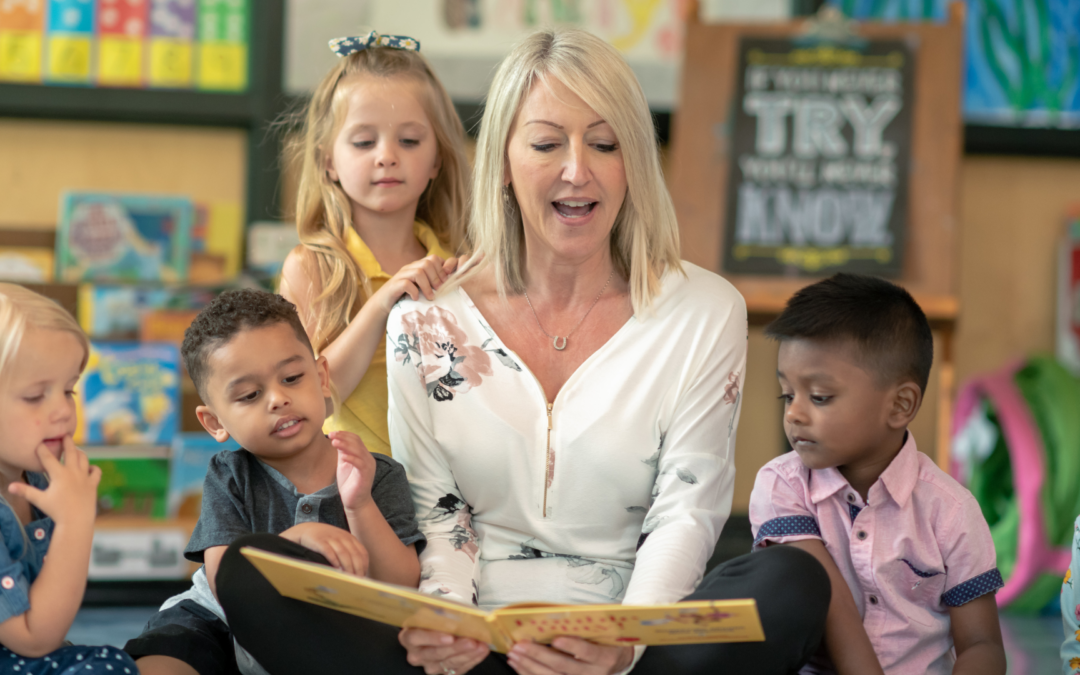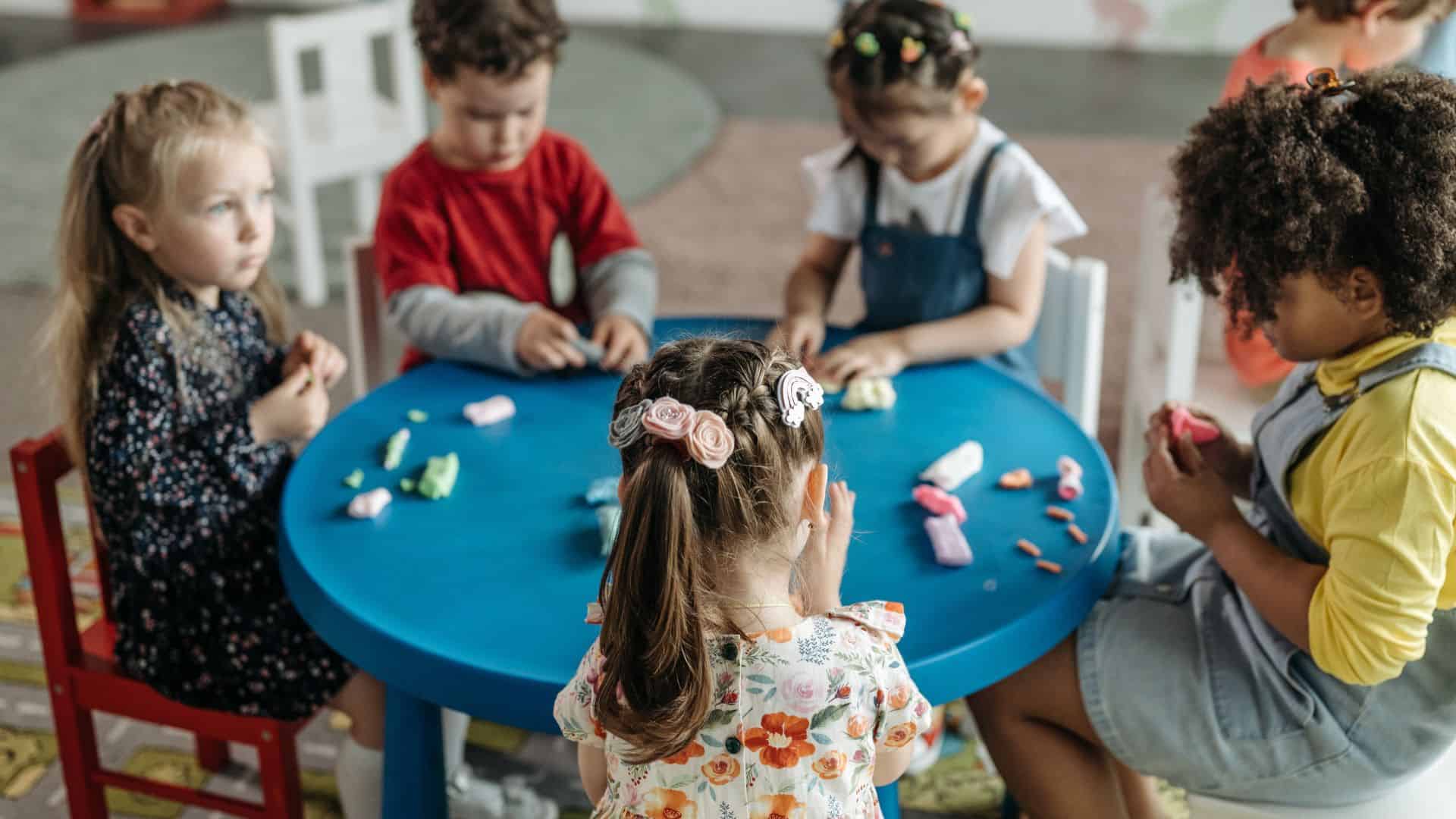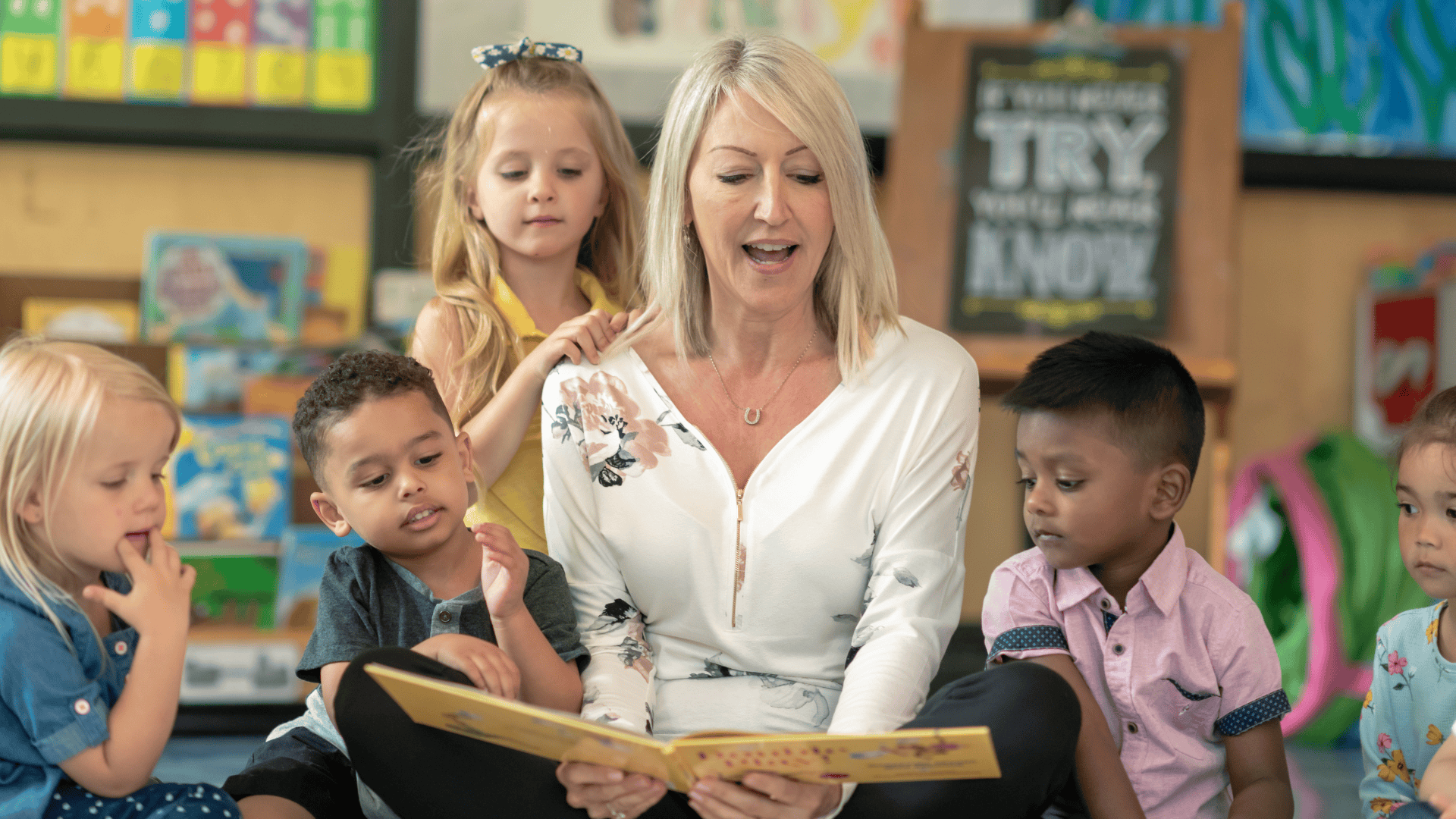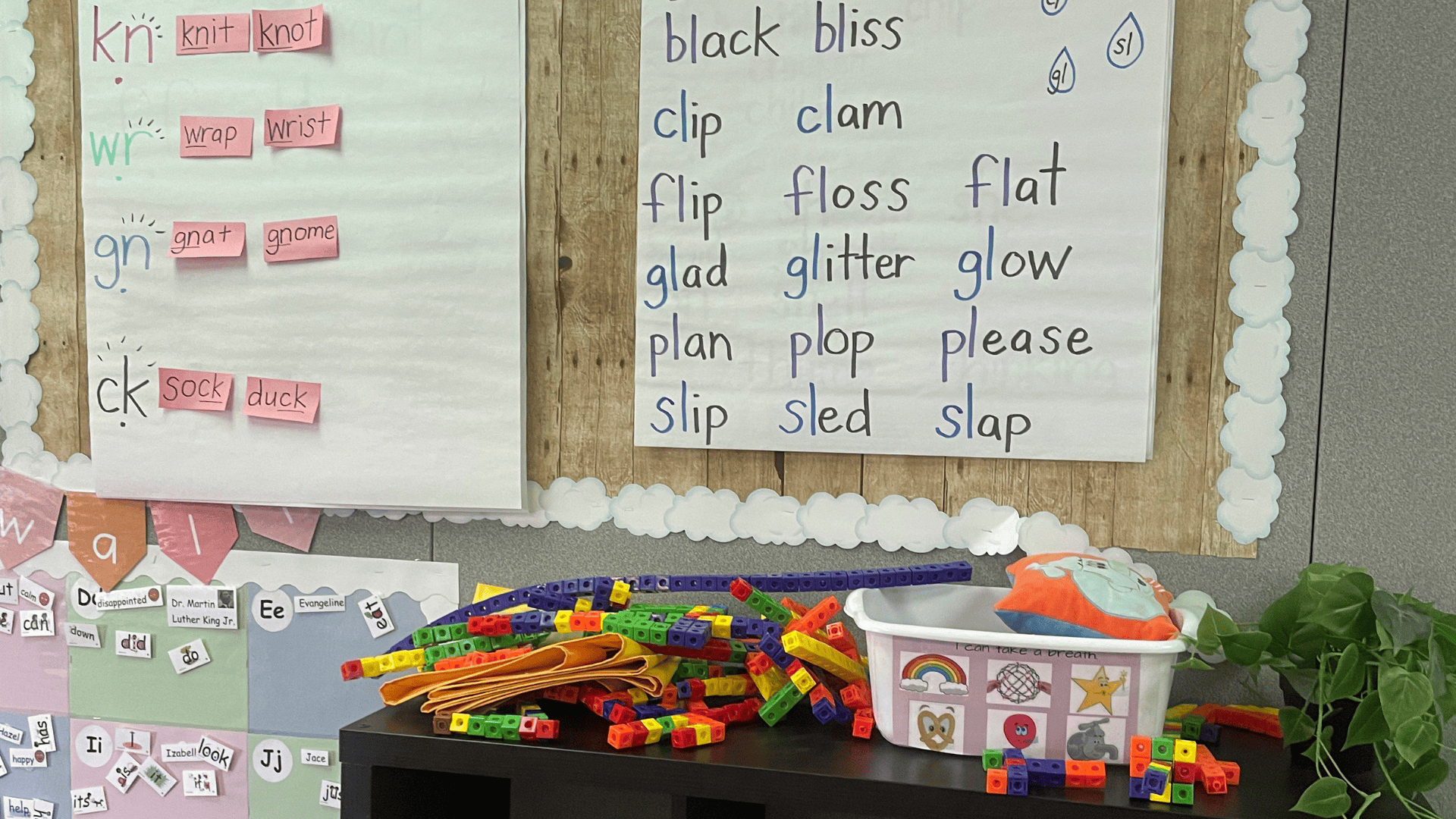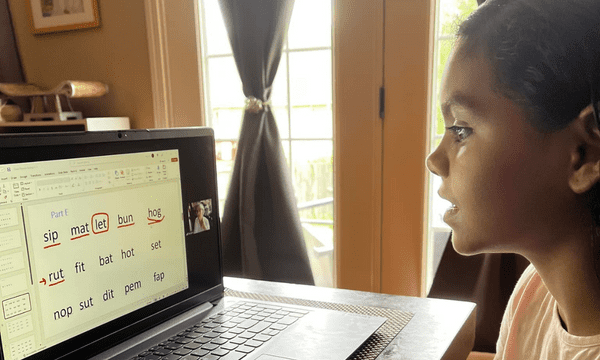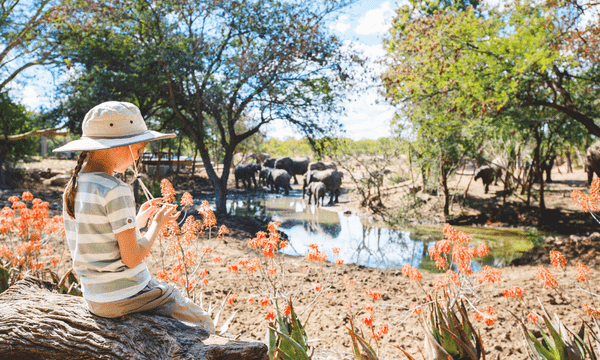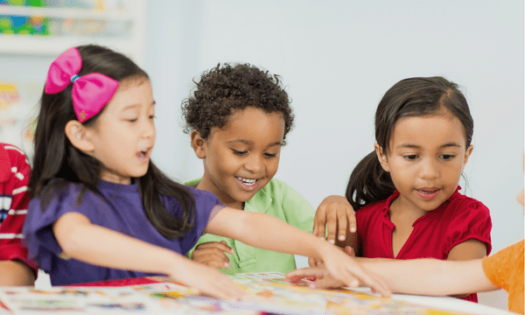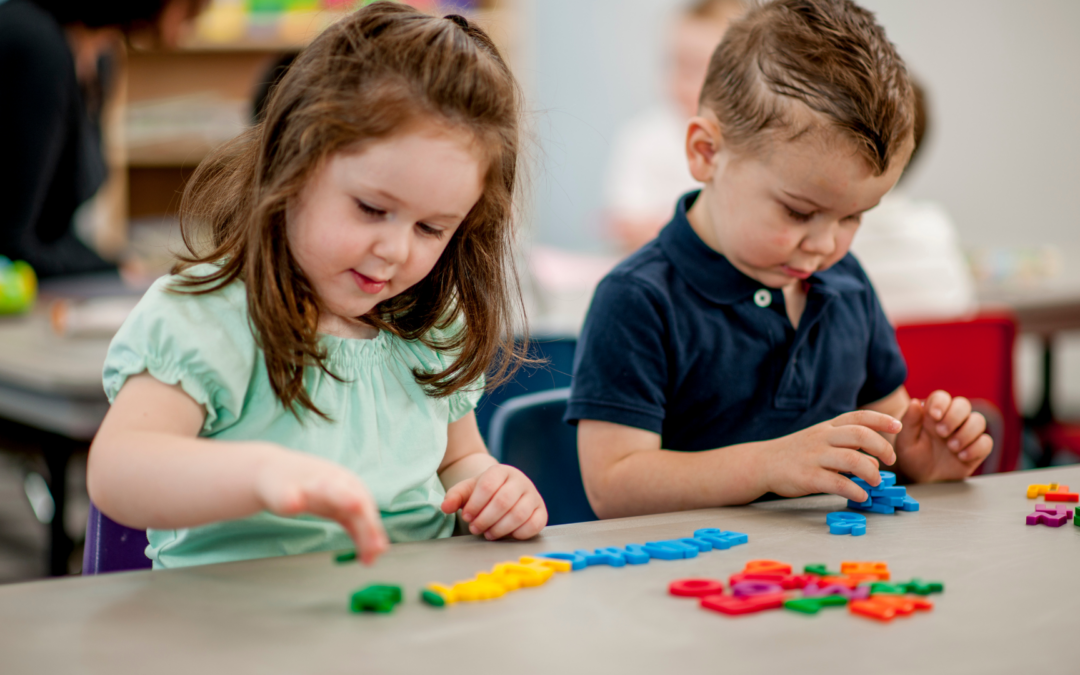
Facilitating comprehension with Loose Parts: Supporting emerging multilingual and verbal students
Grade : Preschool – 3rd grade
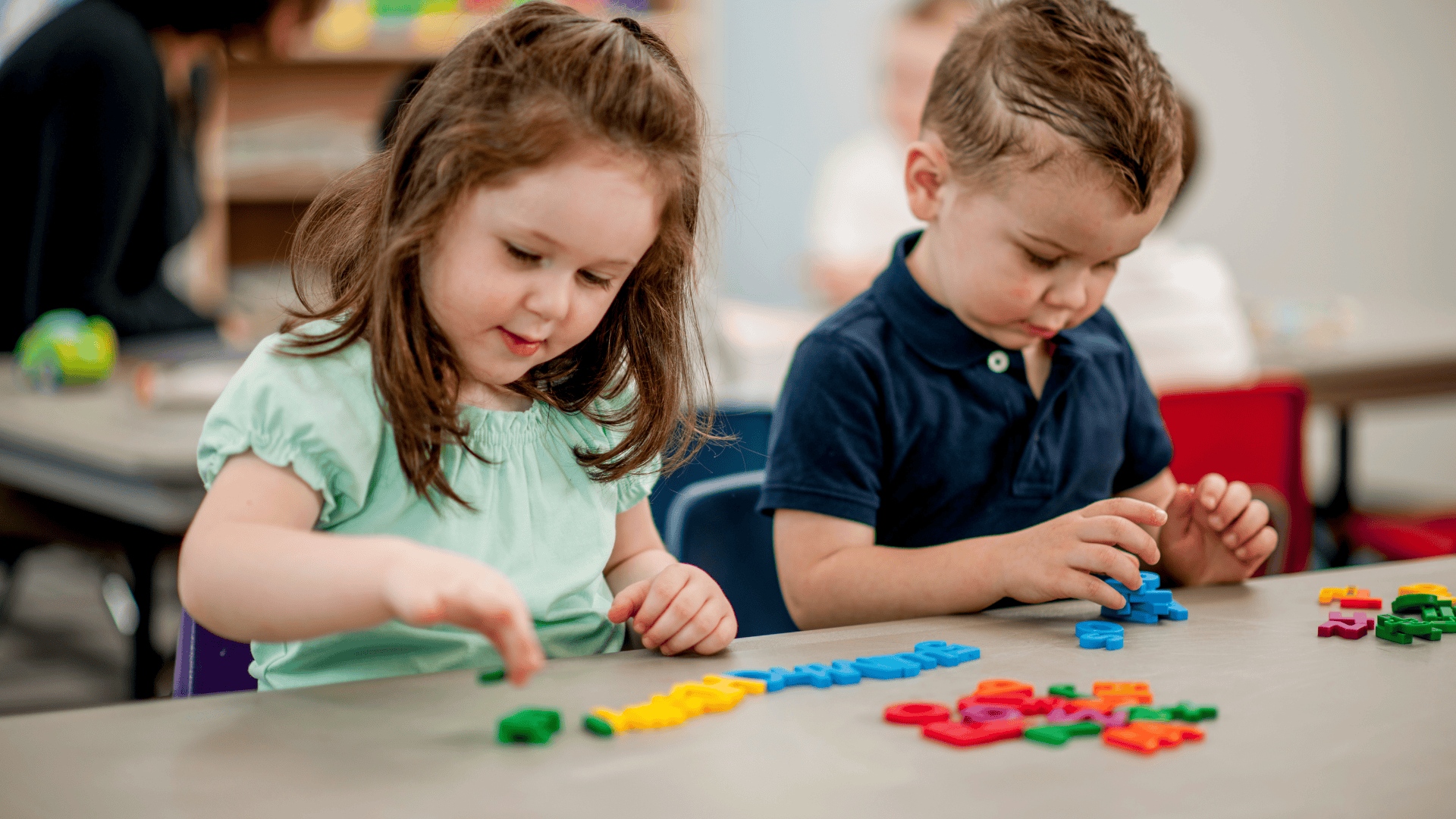
The Change Idea
The change idea is building comprehension through loose parts. While educators can test this change idea with all students, we are mainly focusing on emerging multilingual or emerging verbal students.
In this change idea, students will have opportunities to explain their thinking and display their comprehension using loose parts. Students will have additional time to process and create through loose parts. Students will have the opportunity to share by displaying loose parts/creations to their peers and or teacher to check for understanding.
Status of Change Idea : To be tested!
What are loose parts?
Loose parts refer to materials that can be moved, manipulated, and combined in various ways during play or learning activities. They are open-ended and allow for creativity and exploration, often used in educational settings to enhance problem-solving and imaginative thinking.
Process
- The teacher preps and has loose parts stations set up around the classroom. (A teacher might choose in advance particular loose parts/manipulatives to support content area focus, i.e. math, science, literacy)
- The teacher teaches lessons/standards for the content area.
- Example: 2.PS1.1 – Plan and investigate to describe and classify different kinds of materials by their observable properties (Physical Science-2nd Grade)
- Student action:
- A pre-activity lesson: Students explore loose parts independently before the lesson begins.
- Post-teacher direction: Students are encouraged to sort them based on color, texture, hardness, and flexibility.
- Students note observations by sharing them with peers and or teachers.
Predicted Outcomes
-
Emerging verbal students and emerging multilingual students will use loose parts to demonstrate their learning/understanding.
-
The change idea might make the task more accessible for students than traditional learning styles.
- Students might spend more time trying to develop essential language concepts instead of spending time understanding the task.
- Questions might arise based on students’ observations of how they sorted loose parts.
Guiding Questions
- What might be additional scaffolds that help students access content and language components of the lesson through loose parts?
- How might you capture key learnings of students and continue to build on them in future lessons? (paying attention to successes)
- If loose parts exploration is done in small groups or partners- how might you consider intentionally grouping students based on language ability?
